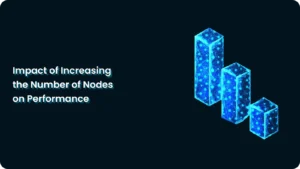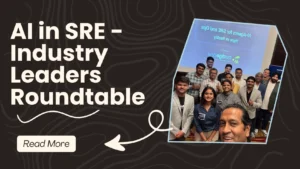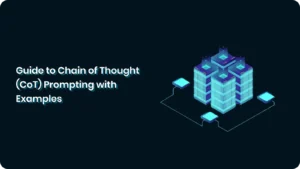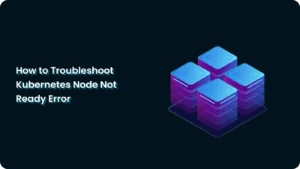How to Cut MTTR by 75% in 2025: Proven SRE Workflows

In Site Reliability Engineering (SRE), mean time to resolution (MTTR) isn’t just a metric, it’s a measure of how quickly your team can restore customer trust during an outage. The faster you recover, the less impact on revenue, SLAs, and brand reputation.
In 2025, AI-powered workflows are enabling elite SRE teams to cut MTTR by up to 75%, reducing multi-hour outages to under an hour, sometimes even minutes. This post outlines proven techniques, tooling strategies, and process improvements that can help you achieve similar results, based on real-world implementations in high-scale environments.
Why MTTR Matters More Than Ever
- Customer Experience: Faster recovery = less churn.
- Revenue Protection: Downtime costs average $5,600 per minute for large enterprises.
- Team Morale: Shorter incidents mean less stress and burnout.
- Competitive Advantage: Faster recovery lets you deploy and innovate more confidently.
The Core Challenges Slowing MTTR
- Alert fatigue from uncorrelated monitoring systems
- Context switching between 8–12 tools during incidents
- Escalation delays due to unclear ownership
- Bottlenecks from knowledge silos in specialized teams
Proven Strategies for MTTR Reduction
1. Implement AI-Powered Root Cause Analysis
- Cuts investigation time by instantly correlating logs, metrics, traces.
- Prioritizes probable causes using historical resolution data.
If you’re exploring how AI root cause analysis works in practice, our detailed guide covers correlation, causality mapping, and tool selection. Read the AI-Powered Root Cause Analysis guide →
2. Automate Initial Triage & Remediation
- AI can resolve repetitive, well-understood incidents without human intervention.
- Automated containment actions reduce customer impact while deeper fixes happen.
3. Use Structured Troubleshooting Frameworks (e.g., TRACE)
- Ensures every incident follows the same high-efficiency investigation flow.
4. Optimize Communication & Escalation Paths
- Integrate incident tools with Slack/Teams for real-time updates.
- Predefine escalation rules to eliminate decision delays.
Key Metrics from MTTR Reduction Projects
| Metric | Before | After AI Workflows | Improvement |
|---|---|---|---|
| MTTR | 4.2 hrs | 52 min | 80% faster |
| Escalation Rate | 35% | 12% | 65% fewer escalations |
| False Positives | 50% | 15% | 70% reduction |
| Auto-Resolution Rate | 0% | 40% | +40% |
Case Study: Fortune 500 E-Commerce
Challenge:
Peak shopping events created thousands of alerts across 200+ services, overwhelming on-call teams.
Solution:
- Deployed AI correlation engine to filter noise and pinpoint related incidents.
- Linked findings to automated remediation playbooks.
Results:
- MTTR cut from 4.2 hours to 52 minutes.
- 70% reduction in alert noise.
- 45% drop in customer-impacting incidents.
Tips for Sustaining Low MTTR
- Continuously update runbooks with post-incident learnings.
- Measure and publish MTTR trends internally to track improvement.
- Regularly test automation and failover mechanisms.
- Feed incident data back into AI models for accuracy gains over time.
Conclusion
Cutting MTTR by 75% in 2025 isn’t magic, it’s the result of deliberate process design, the right tooling, and a culture that embraces automation. With AI-powered workflows and disciplined troubleshooting, even the most complex outages can become routine recoveries.





